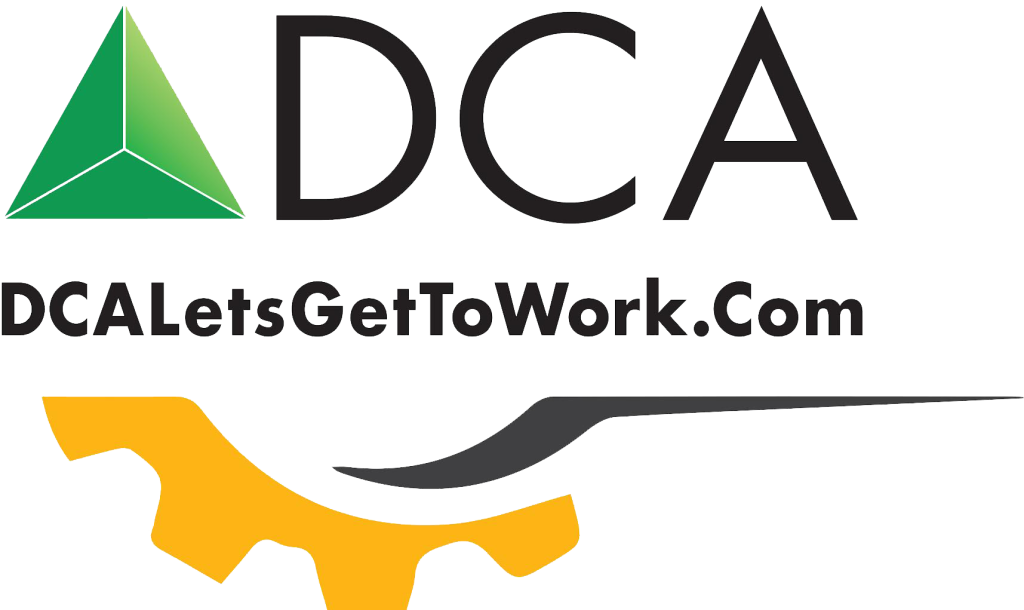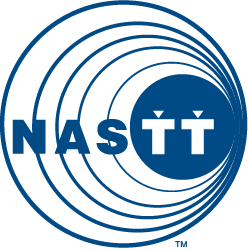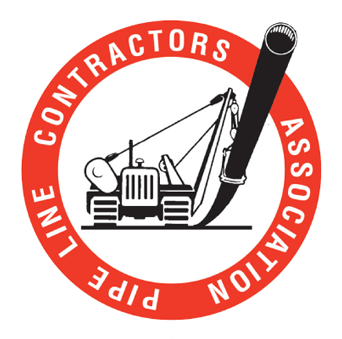
Using trenchless installation equipment offers numerous advantages, such as reduced property and traffic disturbance, shorter installation timelines, and less overturned ground. Additionally, it ensures minimal yard restoration and lowers the risk of utilities intersecting.
Industry or Homeowner
For Industry Individuals:
DCA and the Trenchless Committee remain committed to the advancement and promotion of the underground industry. This trenchless website is one of the tools we are using to help promote the industry. This site is an educational resource for trenchless methods DCA members employ. You will find information such as what is horizontal directional drilling (HDD), the equipment and fluids used, as well as the benefits of HDD & trenchless. Scroll down and watch videos of experts completing project after project across the world.
For Homeowners:
What is that large piece of equipment doing in my front yard? How is this going to affect my life? These are some of the questions asked when crew shows up in your neighborhood. This page can help you understand the benefits of using trenchless installation equipment and what that means to you. Trenchless equipment is used to install your utilities to your home. So, when you switch on a light or turn on your faucet, you are experiencing the benefits of trenchless equipment. Please check out the resources below that further showcase trenchless technology.
Electronics
Utility locating should be done prior to any installation. Existing utilities are located and exposed to avoid any intersecting. During the boring processes, advanced tracking technology sends data informing the operator where the machine is underground.
As our country’s underground infrastructure needs continue to grow at a rapid pace, the incidence of underground strikes will continue to increase. HDD jobsites will become more and more crowded with crisscrossing lines and HDD crews will become more and more rushed due the demands of contractors, utilities, municipalities and the needs of consumers as a whole. Without a concentrated effort to improve HDD drilling practices, we cannot logically expect an improvement in jobsite safety or a decrease in the cost of damages on a national scale. Technology-based, pre-bore planning is a basic step that could have a substantial impact for the industry. By making such a solution widely available, we believe we can encourage adoption and change behavior for the betterment of all involved.
Fluid Basics
Boring fluid is used while the equipment tunnels under the ground. It helps stabilize the installation path, lubricate and cool the ground-engaging tooling to help reduce any environmental impact. It is designed and selected to be safe, effective and match the ground condition it is being used in. This fluid is made up of 97 percent water. The other 3 percent of additives is derived from common, earthly elements, such as: bentonite, starch, soap, vegetable oil, cotton seed linters, balsa wood and soda ash. Bentonite is one of the most common additives used in boring fluid. Bentonite is used in every day household items, including: kitty litter, cosmetics, chocolate, paint and pond construction.
Damage Prevention
Damage prevention and safety are vital to the success of Horizontal Directional Drilling (HDD) jobsite and the industry as a whole.
Resources
NASTT Training
NASTT offers multiple in-depth, high quality courses each year in cities throughout North America covering targeted trenchless topics – CIPP, HDD, pipe bursting, laterals and new installation methods. You will find that our course content is of the highest quality as the material is thoroughly peer-reviewed for consensus-based information and non-commercialism. We often hear from attendees how pleased they are with the high-level of information and instruction offered by our experienced course instructors. We continually strive to improve the quality of the entire educational experience for our attendees through course evaluations and feedback. Earn valuable Continuing Education Units (CEUs) for your participation.
FAQ
HDD stands for horizontal directional drilling. It is a minimal impact trenchless method of installing underground utilities such as pipe, conduit, and/or cables. These products are installed in a relatively shallow arc or radius along a prescribed underground path (that runs generally parallel to the surface of the ground), using a surface-launched drilling rig. This technique is routinely used when conventional trenching or excavation is not practical or when minimal ground surface disturbance is required.
Horizontal Directional Drilling is a surface-launched trenchless technology for the installation of pipes, conduits, and cables. HDD creates a pilot bore along the design pathway and reams the pilot bore in one or more passes to a diameter suitable or the product, which is pulled into the prepared bore in the final step of the process. (NASTT HDD Good Practices Guidelines)
Trenchless technology is a family of construction techniques for installing or rehabilitating underground infrastructure with minimal disruption to surface traffic, businesses, and residents. It also includes technologies for inspection, leak location, and leak detection with minimal disruption and minimal excavation from the ground surface. (NASTT HDD Good Practices Guidelines)
Trenchless technology is a progressive civil engineering process for the installation, replacement, or renewal of underground utilities with no (or minimal) excavation and surface disruption. These innovative methods have been utilized successfully for all underground utilities including water mains, storm and sanitary sewers, gas mains, electrical conduits, and fiber optics conduits. When employed in urban areas, substantial benefits are realized including dramatically reduced disruption to vehicular and pedestrian traffic, to business activities, to residential areas, and to environmentally sensitive areas. Trenchless technologies are the premier crossing options for major roads, railways, waterways as well as natural or manmade structures. In most cases, trenchless techniques will demonstrate significant cost saving benefits for municipalities and utilities over traditional open trench methods. Recent advancements in robotics have allowed trenchless technologies to provide pipe condition diagnostics never before available permitting utility owners to more accurately identify infrastructure priorities.
Many times on HDD projects there will be a couple pieces of equipment on-site that are unfamiliar to the general public. Those two pieces of equipment are the horizontal directional drill and vacuum excavator. The horizontal directional drill is used to install product (usually pipe) horizontally to the surface of the ground at a prescribed depth, with minimal disruption to the surface. The vacuum excavator assists in this process by safely exposing underground obstacles (through a process often referred to as “daylighting”) as well as sucking up hole cuttings and drilling mud.
811 is the national call-before-you-dig phone number. Anyone who plans to dig should call 811 center’s website before digging to request the approximate location of utilities be marked with paint or flags so you don’t unintentionally strike an underground utility line.
Horizontal directional drilling refers to one specific technique (of many) that make up the entire portfolio of trenchless industry techniques.
Walk-over locating system — A sonde, or transmitter, behind the bore head registers angle, rotation, direction, and temperature data. This information is encoded into an electromagnetic signal and transmitted through the ground to the surface in a walk-over system. At the surface a receiver (usually a hand-held locator) is manually positioned over the sonde, the signal is decoded and steering directions are relayed to the bore machine operator.
Sonde, beacon, and transmitter are all different, interchangeable terms used to describe the same object that is installed behind the drill bit and transmits a signal for use in locating and steering the drill bit.
No. This is because nearly everything in these fluids come from the earth. One of the most common ingredients (Bentonite) is used in everyday household items, including kitty litter, cosmetics, chocolate, paint, wine clarification, and pond construction.
Drilling fluid is made-up of 97% water. The other 3% of additives are derived from common earthly elements such as:
- Bentonite
- Starch
- Soap
- Vegetable Oil
- Cotton Seed Linters
- Balsa Wood
- Soda Ash





